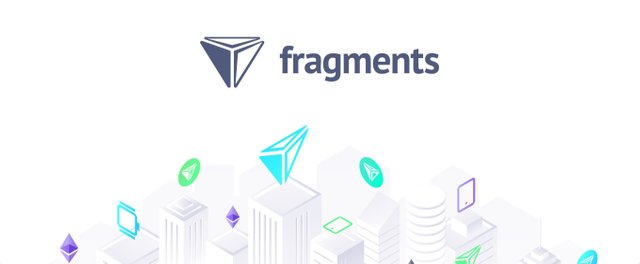Fragments - Decentralized Micro-tasks Platform

Introduction:
The main aim of fragment platform is to encourage developers to develop systems that are beyond todays imaginations. The platform also handles many other services like task distribution, payments, identity verification and agreements
People involved:
Fragment platform contain three type of people i.e. requesters, developers and annotators
*Requesters request for tasks completions.
*Annotators provide solutions for each task requested by using micro task app developed by developers.
Unique propositions of the fragment platform:
*Fragments generates a micro task platform that is open and extensible.
*Developers have small revenue cut
*Fragments is built on ethereum and provide blockchain apps so its infrastructure is easily accessible as well as extensible
*Fragment strongly support mobile app development
*Fragment will release Software development kits that will make developers work much easier in mobile environment
Security at fragments:
Annotator’s identification
To identify annotators their ethereum addresses are used
To make sure that worker should only have one account the annotator identity is bind to their ethereum addresses using uPORT and Civic
For requester easiness three tier of annotators are formed
*Unidentified annotators
*Annotators with identified identity
*Annotators marked as in house
Other security solutions:
*To secure the data fragment allow requesters to set and manage their own nodes in their secured environment
*Trusted annotators are chosen
*Limiting access on dataset .and it will be decided by requesters that how much part of dataset will be accessible to the annotator
*Blockchain based agreements are done that uses an ethereum smart contracts and are transparent
*To make people realize that fragment is right choice to all the real world problem fragments build their own first micro task app used to label and structure data for artificial intelligence (AI) and machine learning algorithms
Architecture of fragment platform:
Fragments platform consist of three main component
*Task repositories: all requesters data about their task are stored here and is managed by requesters
*Decentralized applications (dApp): used by task repositories to advertise batches of task. dApp also handles services like progress tracking and payment
*Annotator’s apps: it is connected to dApp to get all the available batches of task
Decentralized application (dApp) Components:
dApp has five components
*Agreements: they are smart contracts have to be accepted by annotators
*Stakes and payment: to advertise tasks, the Repository owner has to stake a certain amount of Fragment tokens by giving the Stakes & Payments smart contract allowance to spend it.the requesters can cancel the allowance any time
*App directory: all the micro task apps must be registered in app directory
*Task Pool. The Task Pool connects Task Repositories with Annotator Apps.
*Task Chain. The record of completed tasks and Fragment tokens owed is stored in the Task Chain.
Fragment Token. :
Fragments have its own cryptocurrency in based on ERC20 powered by ethereum. This cryptocurrency is built to make quick and transparent international payments.
*Fragment token can be used as
*To give payments to workers on platform
*To give commission to micro task app developers
*For staking mechanism for task repositories
*For supporting enterprise edition fees
*It is also used for earning token for hosting the task repositories
WEBSITE : https://fragments.network
Bitcointalk Username : themistocleess
Author : https://bitcointalk.org/index.php?action=profile;u=1464237
Facebook : https://www.facebook.com/ZeeShaour
Twitter : https://twitter.com/ZeeShaour